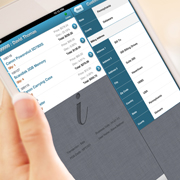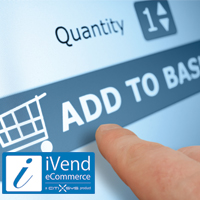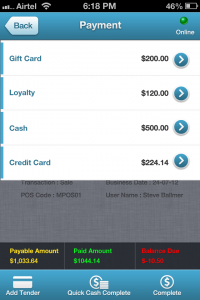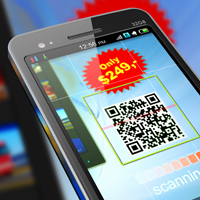Mobile device multiplication among store associates, floor managers, back office and supply chain workers — and, perhaps most importantly, customers — has accelerated rapidly. For forward looking retailers who are focused on customer centricity, mobile tech integration has become the propelling force. Extension of enterprise applications to mobile devices is helping retailers achieve timely data access, break down channel-specific silos of information, facilitate tailor made sales and service, and enable true one-to-one CRM (customer relationship management) with consumers on their path to customer centricity.
The tidal wave of enterprise and consumer-mobility is here and this new age technology really puts the customer at the center of the business.
Customer-Centricity Trends and Tech Enablers
Mobility is about more than devices and wireless networks — it’s about data. Data is being gathered, processed, and pushed to applications faster than it ever has, allowing retailers to make better, faster decisions — from the storefront to the supply chain — and align those decisions with near real-time consumer preferences.
Retail Analytics enables customer centricity by giving retailers insight into data, which improves productivity and increases the depth of customer engagement. Forward looking retailers rely heavily on measurements and key performance indicators via dashboards and scorecards and relying on predictive modeling to make big decisions.
Omnichannel Retailing
“Cross-channel” retailing was the topic of discussion last year or the year before but the mobile Internet that 50% of shoppers are taking with them on their smartphones everywhere they go has blurred any distinguishable lines between retail channels. Consumer mobility has crossed a considerable number throughout the world and looking at the way it is embraced globally, it has become the primary retail touch point.
Most retailers have some serious “channel integration catch-up” to do before they can respectfully call themselves “cross-channel” enterprises. Much less omnichannel retailers are deploying an integrated retail solution which is agile, innovative and scalable. Such a solution is their primary concern
Mobile technology is forcing change from a channel mentality to a brand mentality, and as it relates to the brand, there’s nothing so important as the consum er. Generating a user experience that is channel agnostic is the perspective so that the consumers are associated with brand, not a specific channel.
er. Generating a user experience that is channel agnostic is the perspective so that the consumers are associated with brand, not a specific channel.
Store-Level Device Mobility
Mobile technology beholds in the context of enhanced in-store shopping experience. Implementation of this technology in store increases business opportunities for retailers and engages their customers. More and more retailers today are turning to mobile technology at checkout to enhance customer engagement and repeat buyers.
Inside the store, mobile technology has removed physical location as an obstacle to customer centricity. Consider the store-level associate who, using an ipad, can check inventory on a shoe style and size, at her store or any other in the chain, without leaving the customer’s side. That same associate can use that same device to access the customer’s purchase history, their loyalty status, and, in truly omnichannel environments, their site-browsing history and Web shopping cart. In this way, the associate can assist the customer with the completion of a transaction that started in a different channel. With mobile POS, the customer centric guest experience culminates at an entirely higher level.
Beyond enabling personalized service and transactions, mobility fuels customer centricity by creating on-the floor access to back office and managerial applications such as availability, scheduling, and inventory lookup . Because so many of a store manager’s tasks can be executed with the aid of a tablet or smartphone — as opposed to yesterday’s fixed PC — both the customer and the retailer realize the benefit of new found sales floor access to the retailer’s best salesperson and brand advocate.
Mobile enables customer centricity, whether it’s leveraged in stores for communication (email, voice, planning), productivity (access to managerial reports and task management applications), or customer service (access to customer, product, and inventory data).













